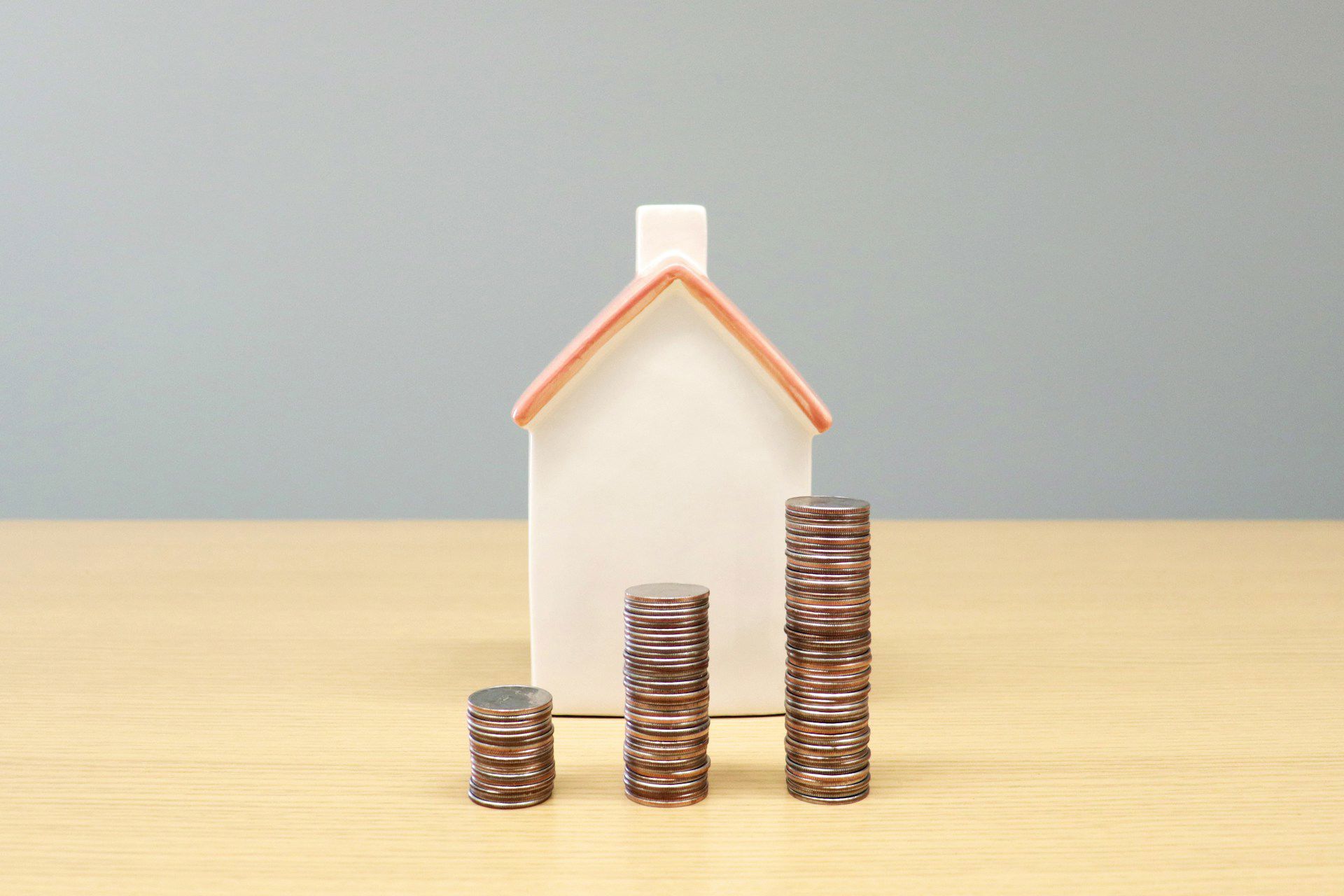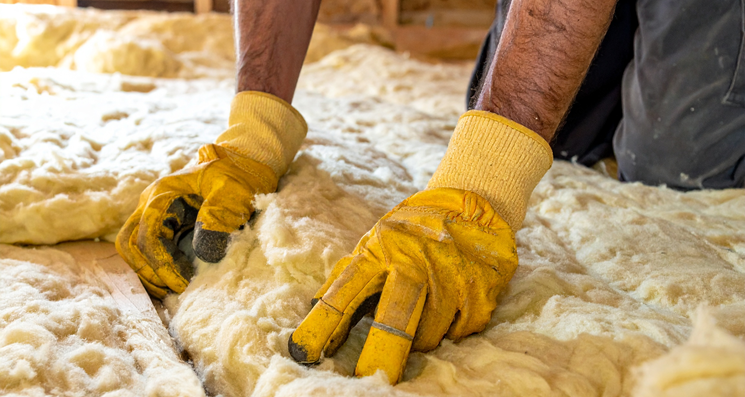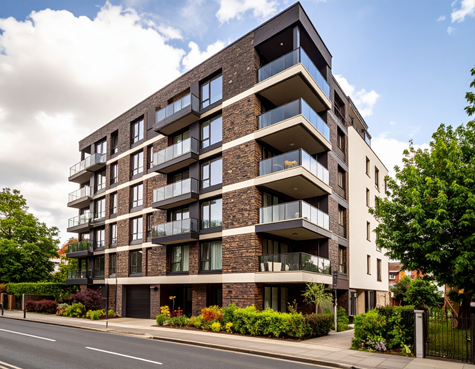If a water pipe were to burst, how much damage would occur before you returned?
Consider that a burst water pipe in your average home can displace enough water to fill a swimming pool within 24 hours (source: Chubb Insurance), and it’s clear to see how devastating the impact can be. Unfortunately, it’s a common issue. According to The Association of British Insurers, insurance companies pay out £1.8 million for escape of water damage every day.
To avoid a relaxing getaway costing you a fortune, read our six top tips below on protecting your home and your valuables from water damage.
1. Precious items - choose their locations wisely
The first thing you can do to protect your valuables is to store them in a safe place within your home. Usually, this means keeping them on an upper floor, so they’re not below a leaking bath or shower. Precious items can then be stored in containers raised off the ground. This will add an additional layer of safety in the event of a flood by lifting them away from any water that might accumulate on the floor. For precious artwork such as paintings, avoid placing them on a wall near a water pipe, shower or bath. If a nearby pipe were to burst, water may soak into the wall and pass through into the painting. For increased protection, hang pictures at a short distance away from the wall.
2. Stopcock - know where it is!
It’s obvious advice, yet often ignored: know where and how to shut off your mains water supply.
If you experience a leak, the fastest remedy is to locate your stopcock and turn it off. It’s common for a property to have two stopcocks - one inside and one outside. The one inside can usually be found below the kitchen sink (though this may vary, especially with older properties). The one outside will likely be located on the boundary of your property, by the street.
If you’re having trouble finding your stopcock, consider asking your neighbour where theirs is, as it will likely be in a similar place.
3. Regular checks - don’t leave them too late
Regularly checking your property for faulty taps, pipework and other plumbing will ensure a leak doesn’t become a flood. As well as checking taps, examine the surrounding areas. It may not be immediately obvious your tap is leaking, but a damp nearby cupboard is a sign that something might be wrong.
Regularly checking beneath machines such as the dishwasher, fridge and washing machine is also a sensible idea, as well as examining the surrounding pipework.
4. Damaged caulking - check it and replace it
Keep an eye on your shower and/or bath for damaged caulking, as this may lead to leakage.
If your bathroom is positioned on an upper floor, escaped water could damage the ceiling, walls and contents in the rooms below.
Caulk is cheap and fairly easy to apply, so it’s worth considering replacing it on a regular basis. When properly applied and maintained, caulking should last for about five years, although it’s important to check it annually.
5. Water leak detector - get one installed
To help take some pressure off yourself - and to add an extra layer of safety - consider installing a water leak detector. Leaksafe Solutions sell a suite of modular and flexible leak detection and leak prevention systems that can be tailored to any property.
To alleviate the risk of leak damage visit their website.
6. Frozen pipes - avoid them
As we approach winter, it’s not just exterior pipes that run the risk of freezing. Interior pipes, especially those in unheated rooms such as the attic, basement or garage may also freeze in frigid weather. When this happens, the water inside the pipe will expand, potentially rupturing the pipe.
Fortunately, pipe insulation is both cheap and effective and can usually be purchased from your local hardware store.
There’s also a more high-tech option for those willing to spend a bit more: the smart thermostat. A smart thermostat will allow you to keep a minimum temperature in your home, controlled over the internet by your smartphone or another device. This means you’re free to adjust the temperature even when you’re not at home.
Get protected if the worst does happen to your home - to arrange insurance speak to CLEAR’s specialist Joan Sell.







